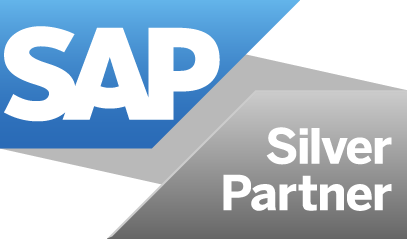
Blog
Orane’s blog posts keeping you up to speed with what’s hot in the world of business.
Guide to Transport Management

Introduction:
In the course of recent decades, the increasing expense of fuel has provoked organizations dependent on the supply chain to turn out to optimize the manner that they plan their transportation routes and plans. The customary techniques for transport management don’t address constant occasions that influence organizations on a day-to-day basis.
To suit clients’ short-notice requirements, route availability, and vehicle issues, route planning, and optimization must have the option to rapidly react to any occasion to guarantee the most minimal expense on transportation.
Manual route planning has been utilized by organizations for a long time and notwithstanding the experience of the route organizers, the ever-changing multifaceted nature of the present transportation system can influence the financial viability of a course from the everyday. By factoring in the right KPIs, an organization can continually screen the changing business dynamics and laws that influence the system in an ongoing domain permitting changes that keep the most productive and financially viable route.
Challenges in Transport Management System:
How we can Help?
Fluctuating demand patterns and an expanding base of suppliers and logistics partners have driven companies to continuously rethink their logistics network strategy. They can realize strong ROI improvements through analytics-driven planning activities such as fleet management, route optimization, load planning, fleet sizing and freight cost reconciliation.
Business Benefits:
- Reduce Avoidable Transporation Delays
- Decrease time spent on planning routes
- Identify the most cost-effective routes
- Increase Customer Satisfaction
- Increase response to last-minute planning and scheduling changes
Subscribe to our communication
You agree to receive newsletters, marketing communication and latest developments from us.

6 Tips to Boost Your Business Performance
- August 19, 2022

How ERP Implementation is Essential for Businesses? – Top 5 Reasons
- August 19, 2022

Take your Data into next level
- August 19, 2022

Rise with SAP: Business Benefits
- August 19, 2022

SAP Masterdata Management
- August 19, 2022

